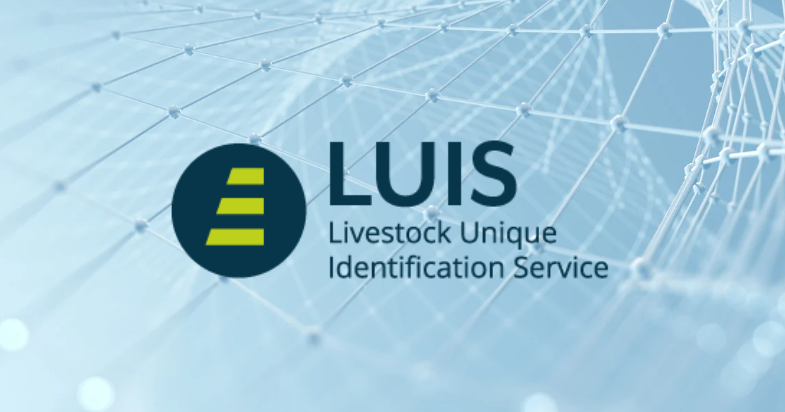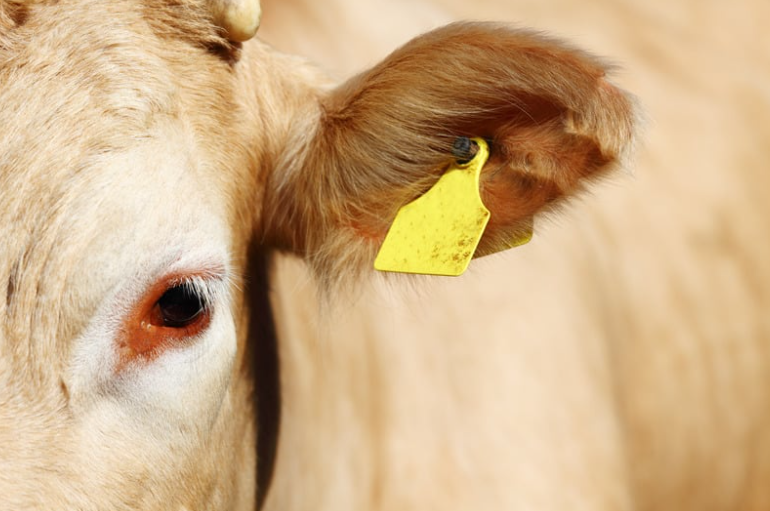Biosecurity requires a multi-factorial approach to effectively protect animals from disease, maximise the genetic potential of livestock and optimise profit margins. Yet despite this, many biosecurity plans will only cover practical measures and do not consider the important role livestock traceability plays in maximising biosecurity.
Common practical measures to reduce the risk of a disease or infection being introduced onto a holding may include:
- Routine testing of animal feed and raw materials for bacterial or viral contamination.
- Implementation of on-farm hygiene practices, such as boot dipping, and the use of wheel-washing and hand washing facilities, to minimise the introduction of pathogens.
- Quarantining new animals moving onto the farm to prevent exposing the rest of the animals on the holding to new diseases.
However, knowing the location and movement history of an animal is pivotal in enhancing biosecurity measures, as it means an incidence of disease can be quickly managed and isolated, helping to minimise the impact of an outbreak in England.
Daniel Zeichner, Minister for Food Security and Rural Affairs, was quoted in an article in a recent issue of Farmers Guardian (2nd May 2025), as having said “biosecurity is about more than just protecting animals”. He explains that “it is not just about animal welfare – it is about safeguarding our economy, our food supply, and the rural communities that are the beating heart of our country”.
A centralised and accurate data store for livestock movements is fundamental in helping to manage the spread of notifiable diseases. It can help farmers, government and industry to effectively manage disease outbreaks, contributing to the growth of the meat and livestock industry to benefit them and the economy.
The Livestock Information Service (LIS) allows sheep, goat and deer keepers in England to digitally report movements on and off a holding. It is a free, easy to use service, which has been developed in collaboration with farmers, government and industry. Digital reporting using LIS provides close-to-real-time data in a way that simply isn’t possible to capture when reporting movements via paper documents, primarily due to the additional time it takes for the forms to be received and processed.
Utilising data analytics for reporting on the close-to-real-time movement data will help to drive innovation in the sector, allowing for greater productivity, competitive trade advantages and improved disease responses.
Join the thousands of keepers across England who are using LIS and sign up today to help build a more resilient future for UK farming.




